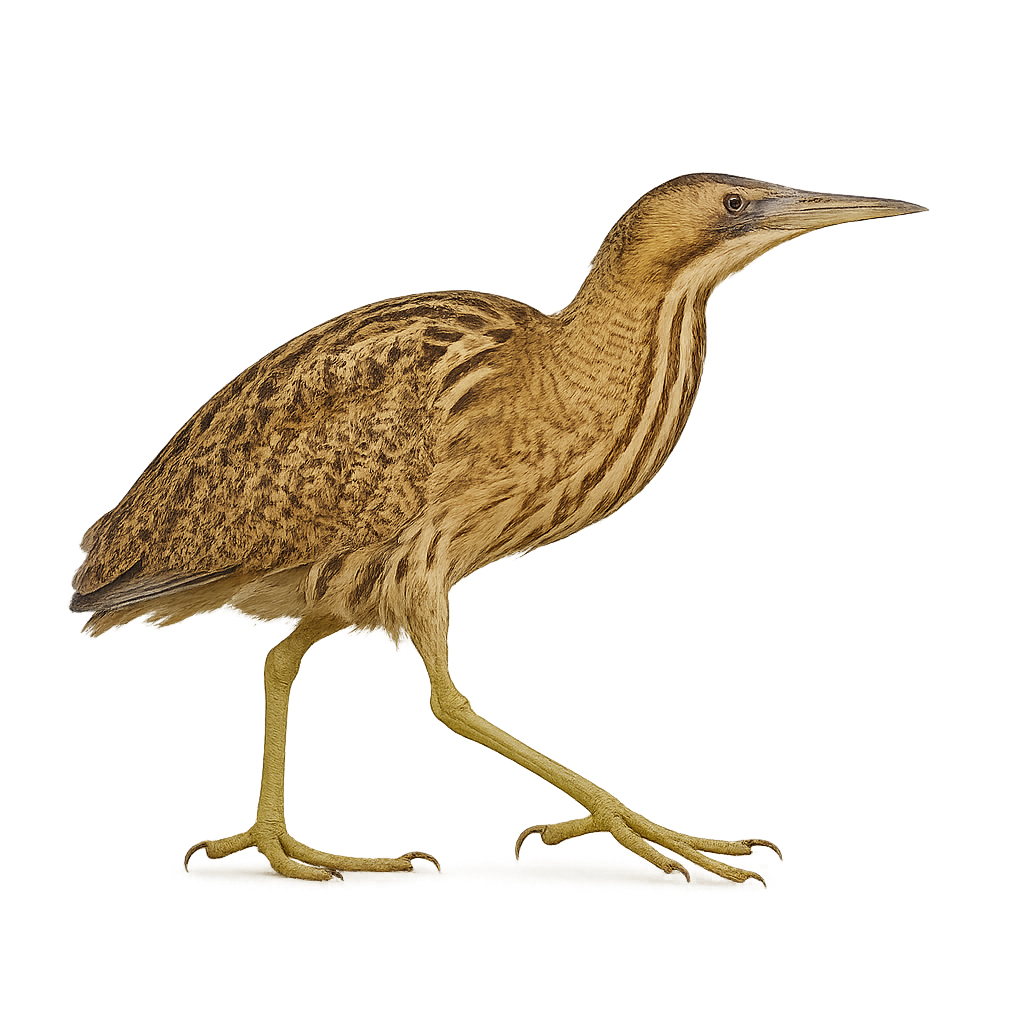Your wildlife photography guide.
Explore the eurasian bittern in detail, study its behavior, prepare your shots.
Where to observe and photograph the eurasian bittern in the wild
Learn where and when to spot the eurasian bittern in the wild, how to identify the species based on distinctive features, and what natural environments it inhabits. The WildlifePhotographer app offers tailored photography tips that reflect the eurasian bittern’s behavior, helping you capture better wildlife images. Explore the full species profile for key information including description, habitat, active periods, and approach techniques.
Eurasian Bittern
Scientific name: Botaurus stellaris

IUCN Status: Least Concern
Family: ARDEIDAE
Group: Birds
Sensitivity to human approach: Suspicious
Minimum approach distance: 30 m
Courtship display: March to May
Incubation: 25-26 jours
Hatchings: April to June
Habitat:
Marshes, wetlands, and rivers
Activity period :
Mainly active at night, generally discreet during the day.
Identification and description:
The Great Bittern is a large, secretive heron, easily recognized by its brown spotted and striped plumage, which allows it to blend perfectly into the reeds and vegetation of wetland areas where it lives. This nocturnal and solitary bird primarily inhabits marshes, ponds, and reed beds in Europe, Asia, and North Africa. It feeds mainly on fish, amphibians, and small birds, which it hunts by silently creeping through aquatic plants or standing still to wait for its prey.
The Great Bittern is an excellent master of camouflage, using its plumage to conceal itself in its environment, making it difficult to observe. Migratory, it leaves its breeding grounds to travel to Africa during the winter. While it is listed as "Near Threatened" on the IUCN Red List, it remains vulnerable to habitat loss due to wetland drainage and urbanization.
Recommended lens:
300 mm – adjust based on distance, desired framing (portrait or habitat), and approach conditions.
Photography tips:
Approach slowly and discreetly, using a telephoto lens to avoid disturbing the Bittern, a shy and secretive bird that can be easily disturbed if you get too close.
Photograph early in the morning or late in the afternoon, when the light is soft and the Bittern is more active, often in marshes or reed beds where it hunts fish or small aquatic animals.
Capture moments of natural behavior: The Bittern is often seen feeding in wetlands or hiding among vegetation, offering great opportunities for photographing discreet moments in its natural environment.
Be patient and respectful: The Bittern is a rather shy bird and may stay hidden for long periods. Wait for moments when it is more visible without disturbing its natural habits.
The Bittern is a vulnerable species due to the destruction of its natural habitat, particularly marshes and wetlands. It is essential to respect its space and not disturb its foraging or nesting behaviors. Follow local conservation guidelines to preserve this species and its fragile habitat.
The WildlifePhotographer App is coming soon!
Be the first to explore the best nature spots, track rutting seasons, log your observations, and observe more wildlife.
Already 1 432 wildlife lovers subscribed worldwide

